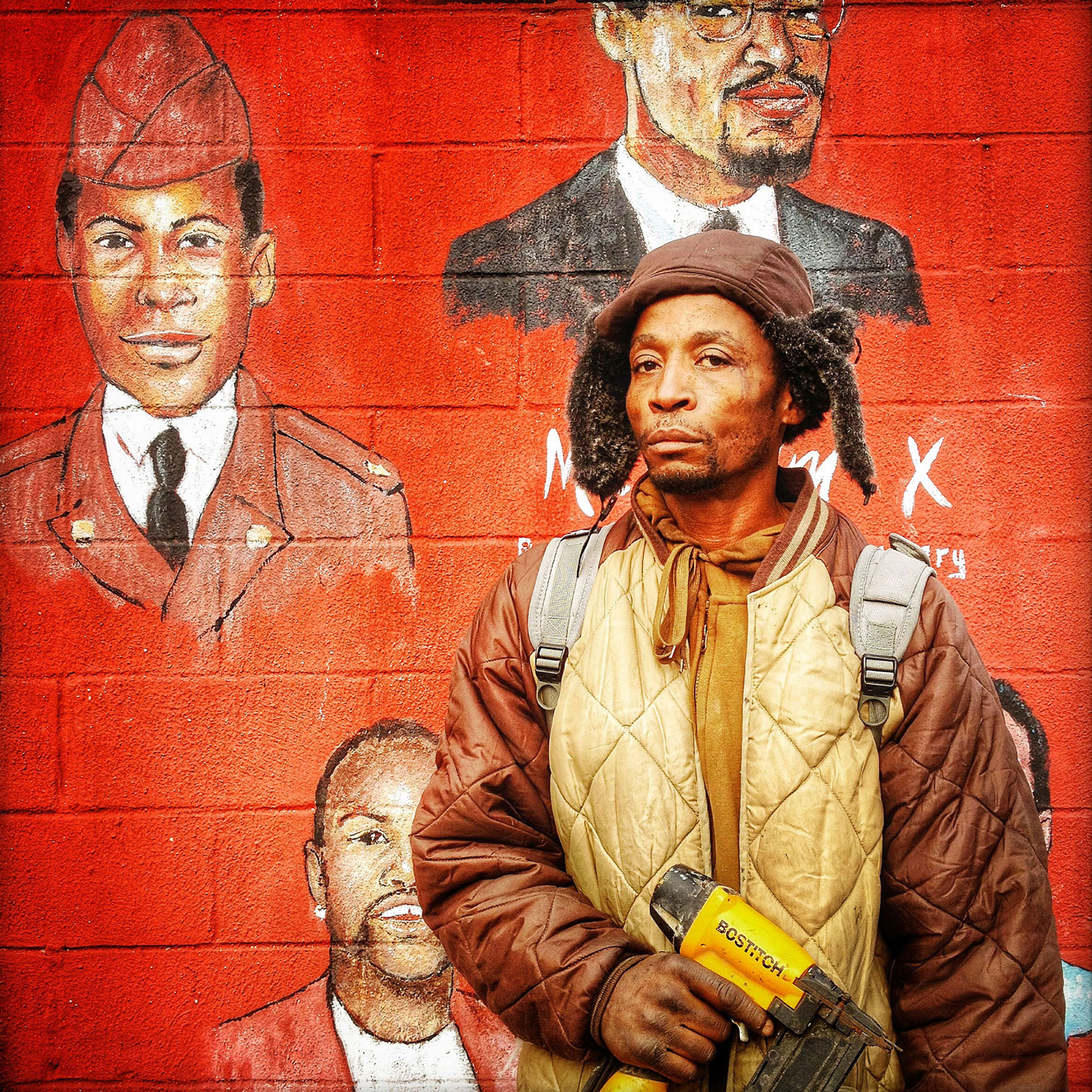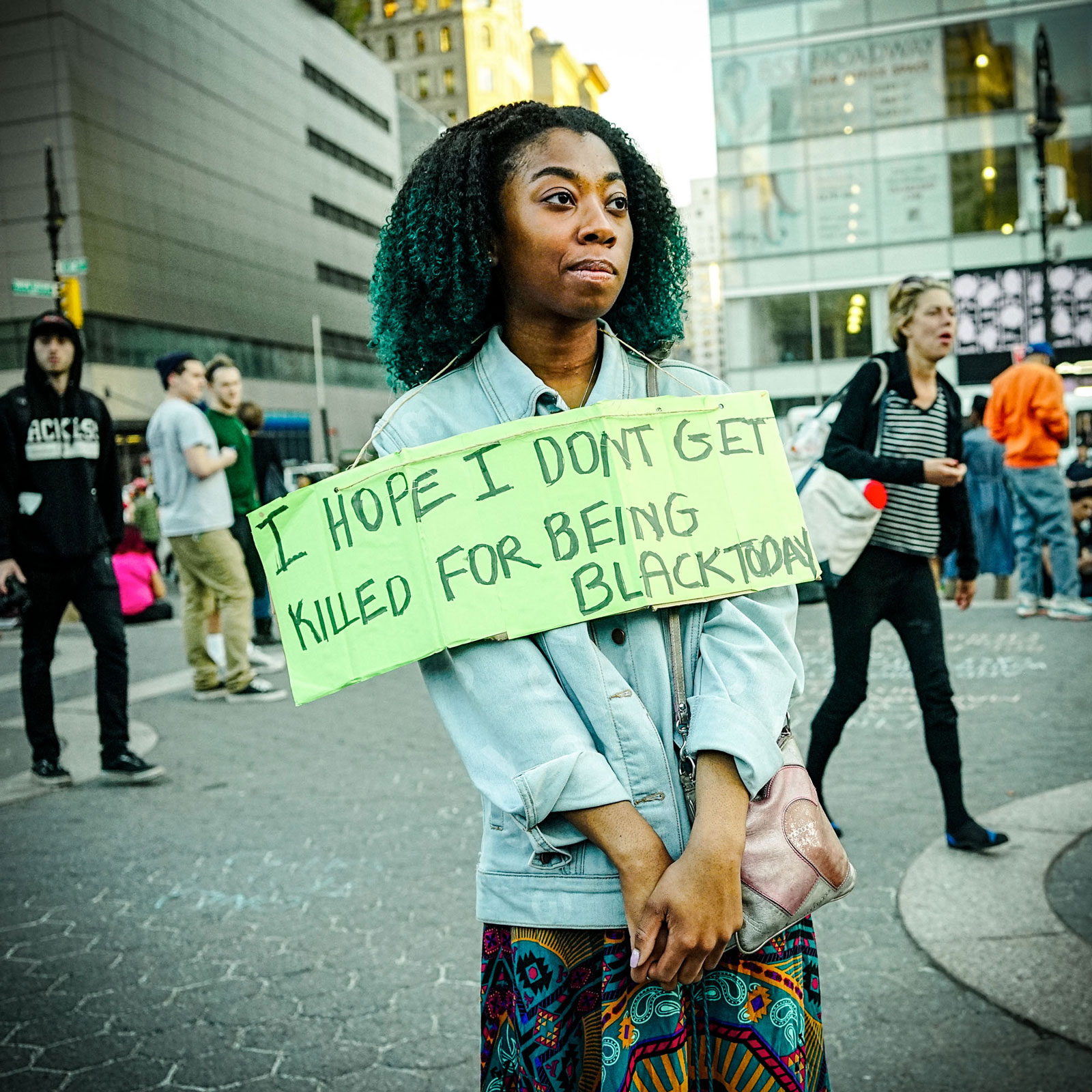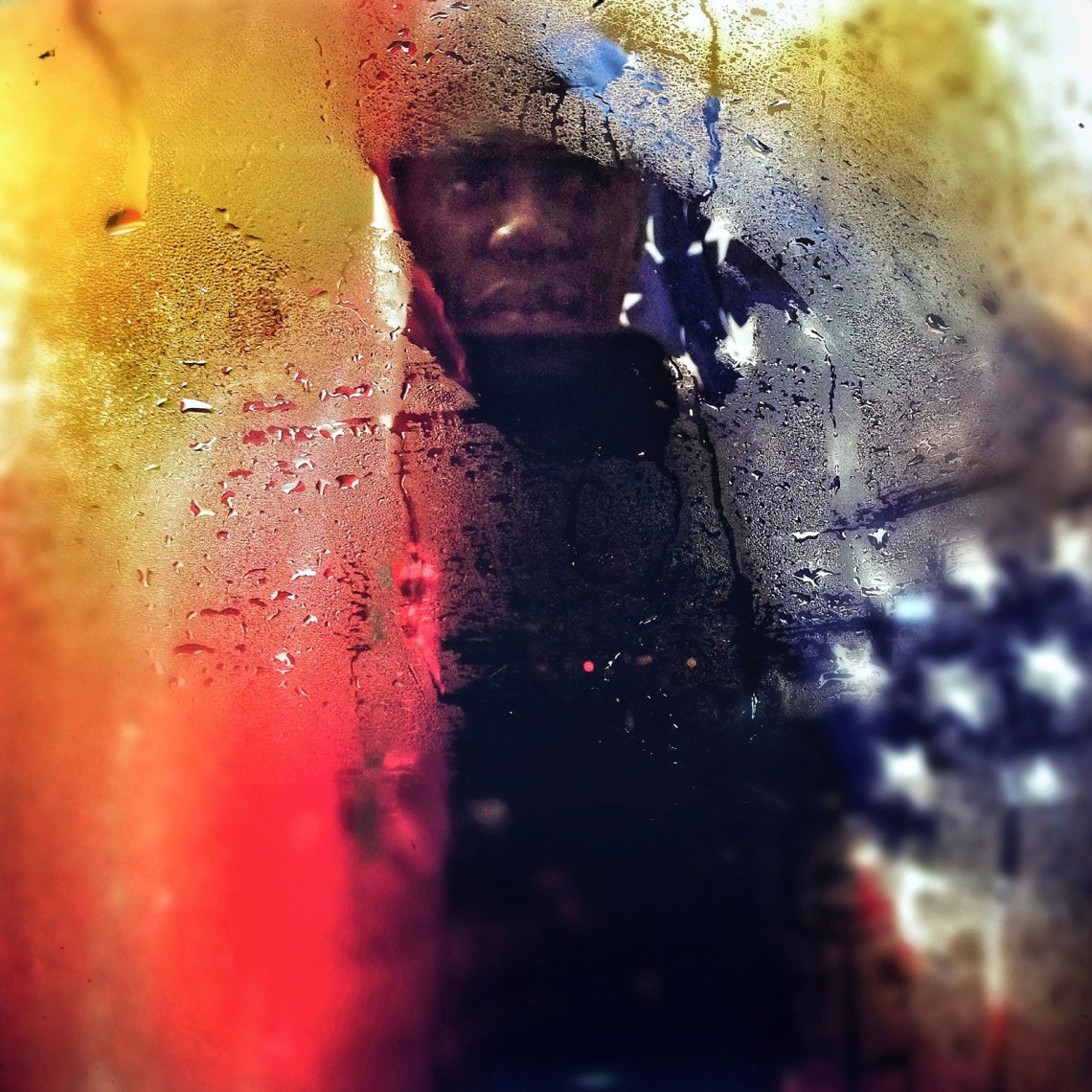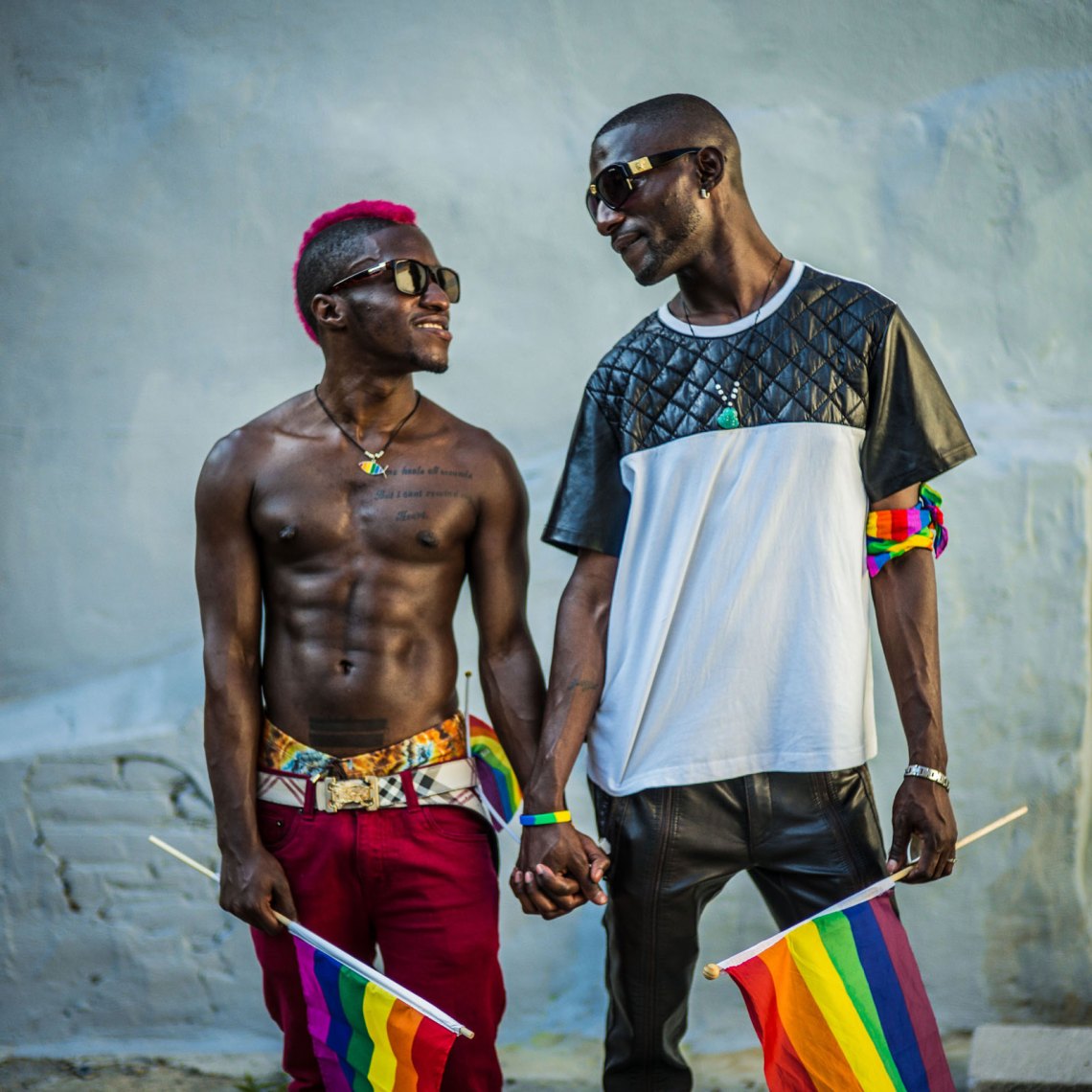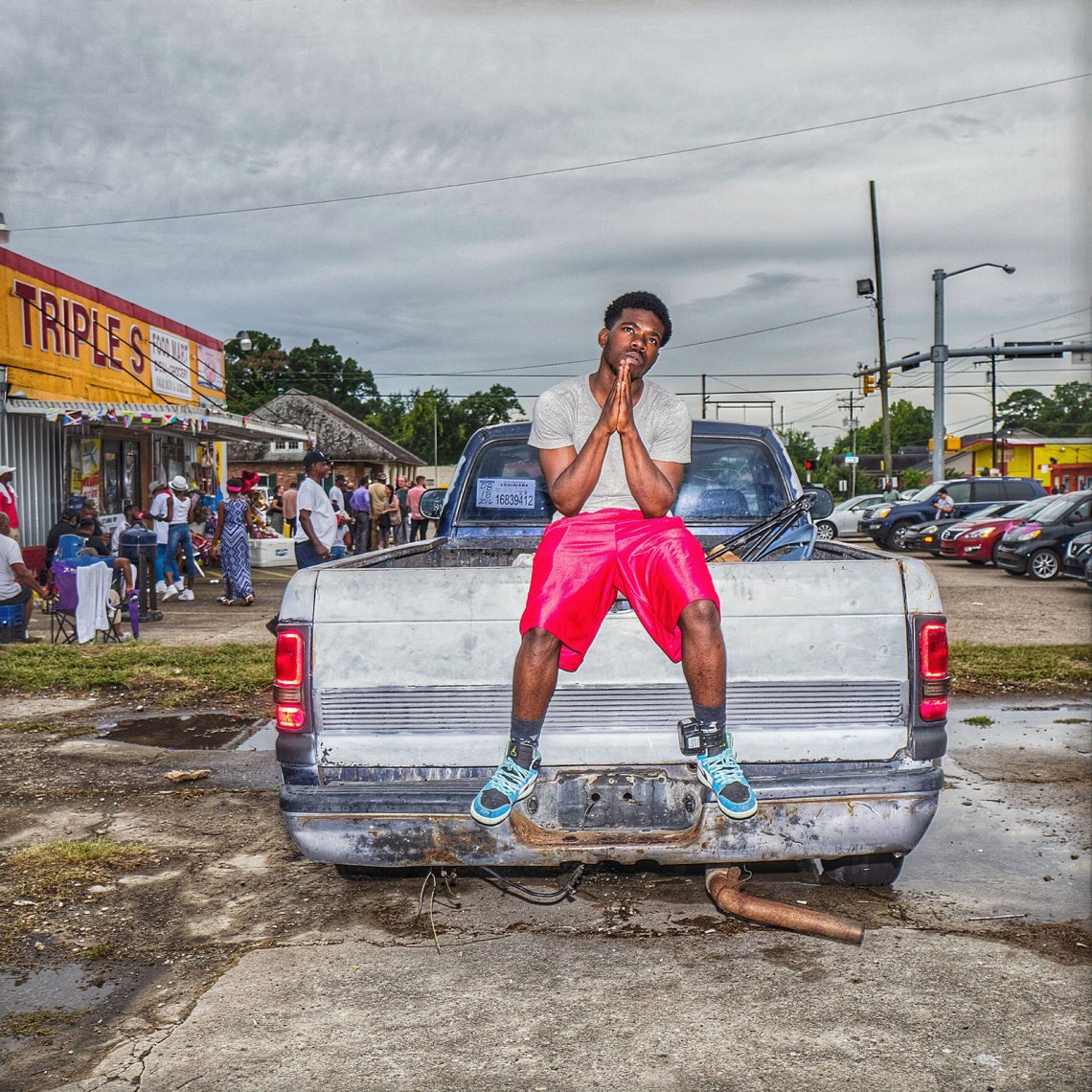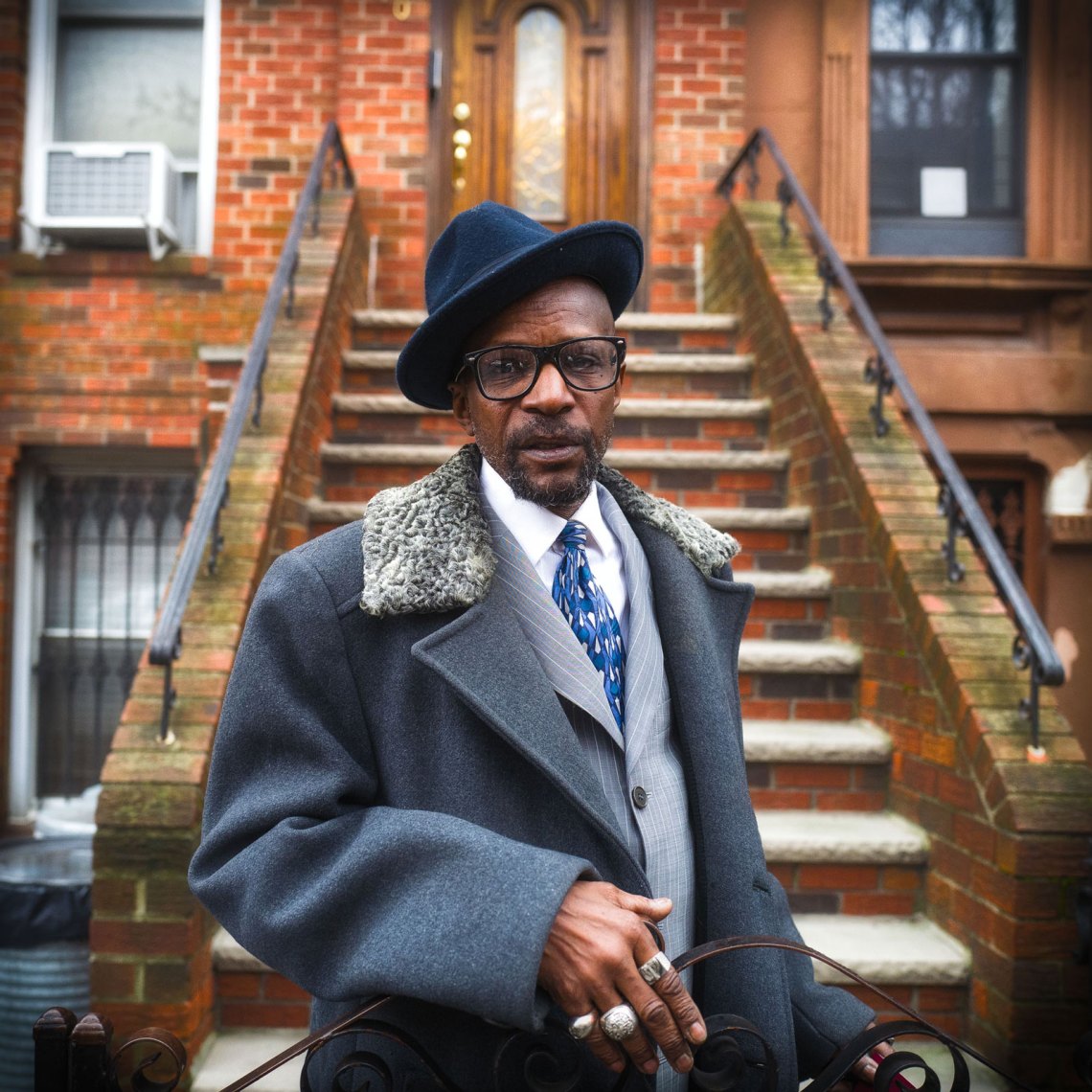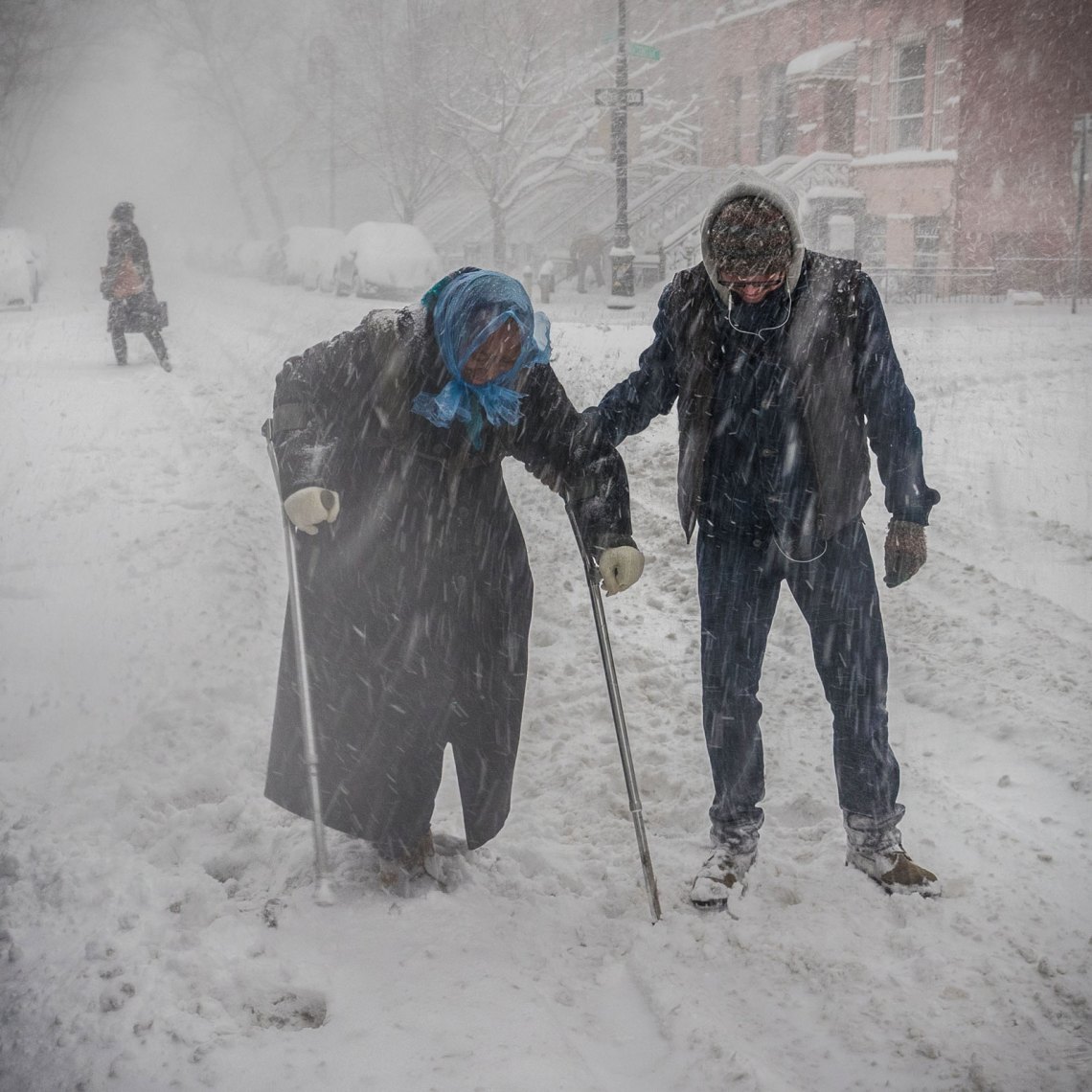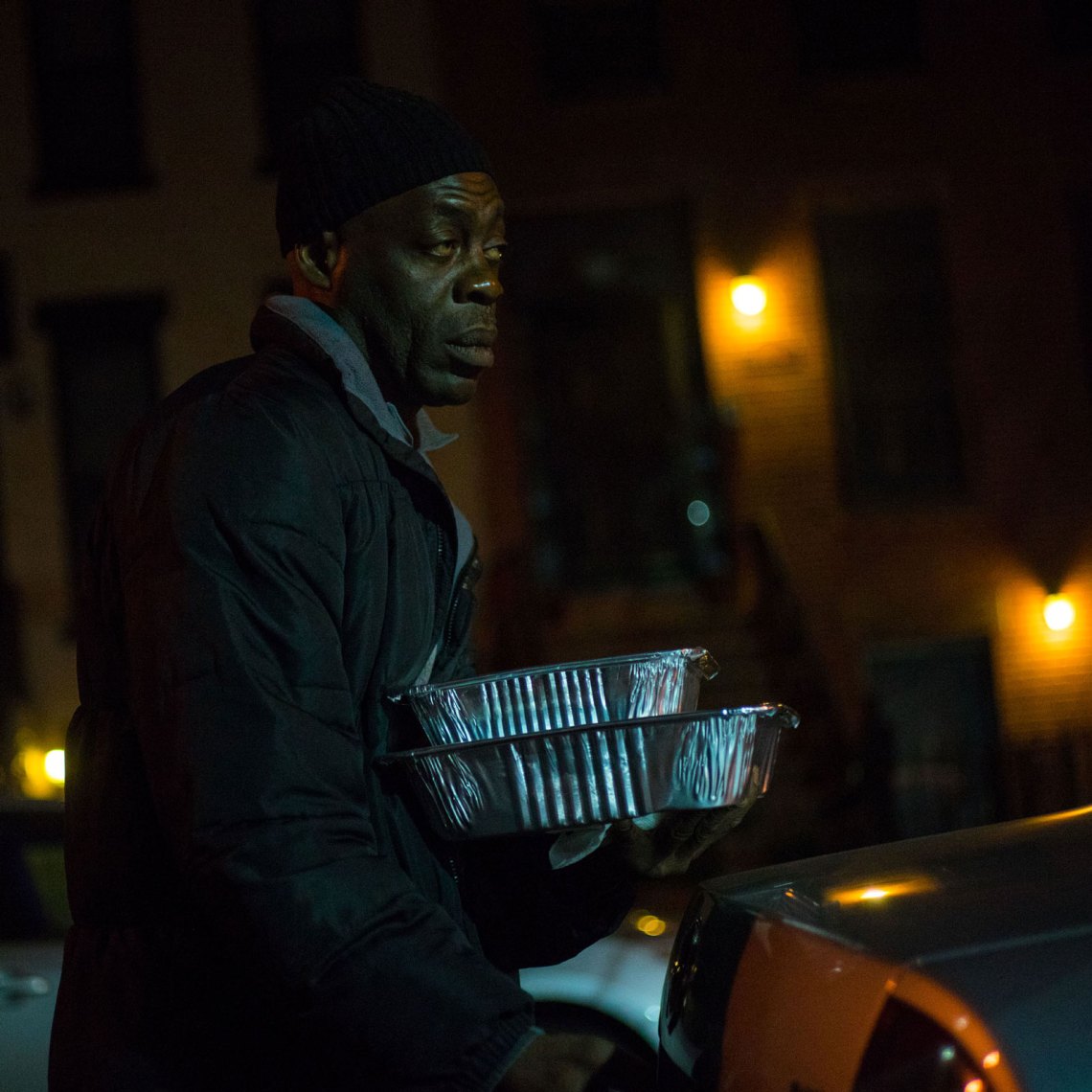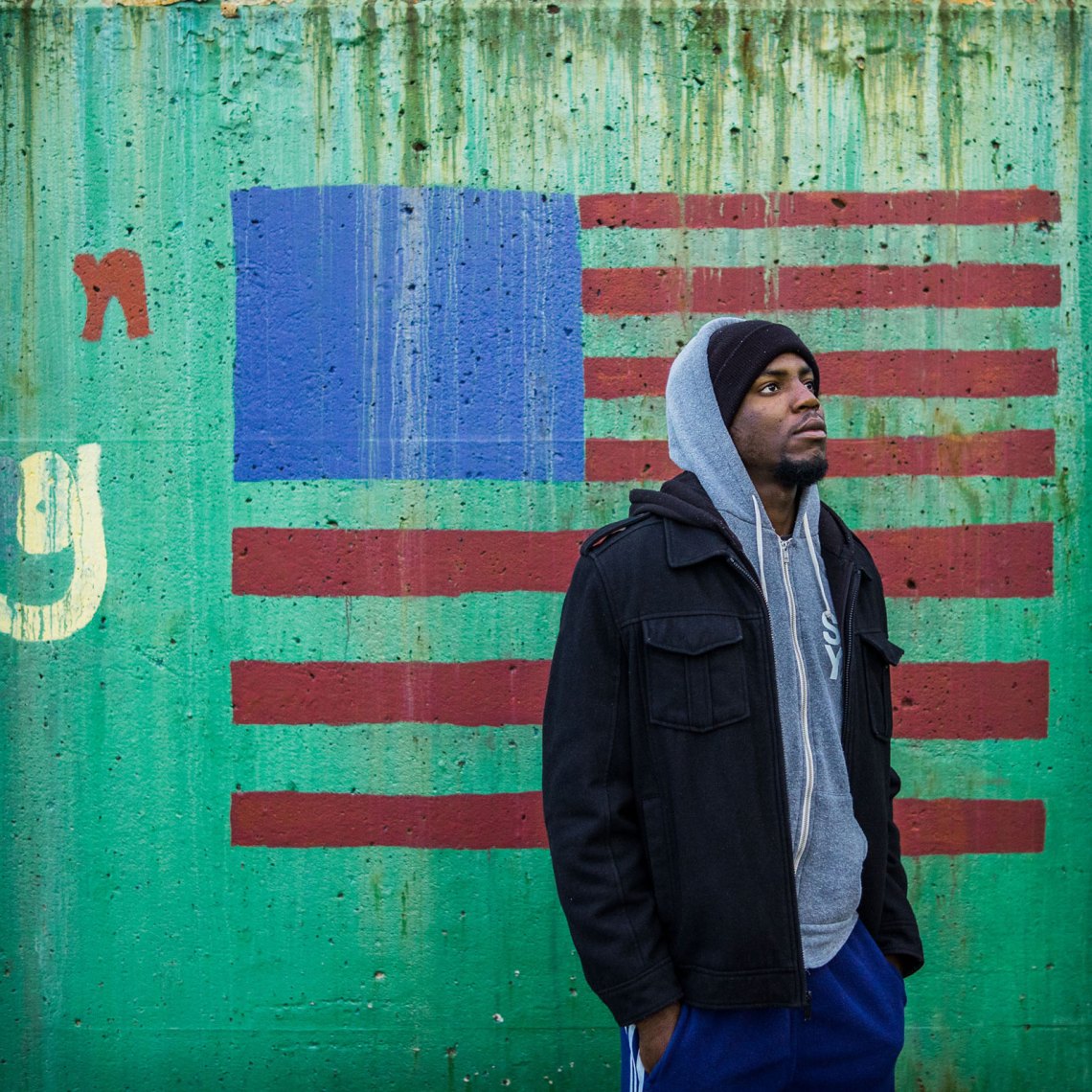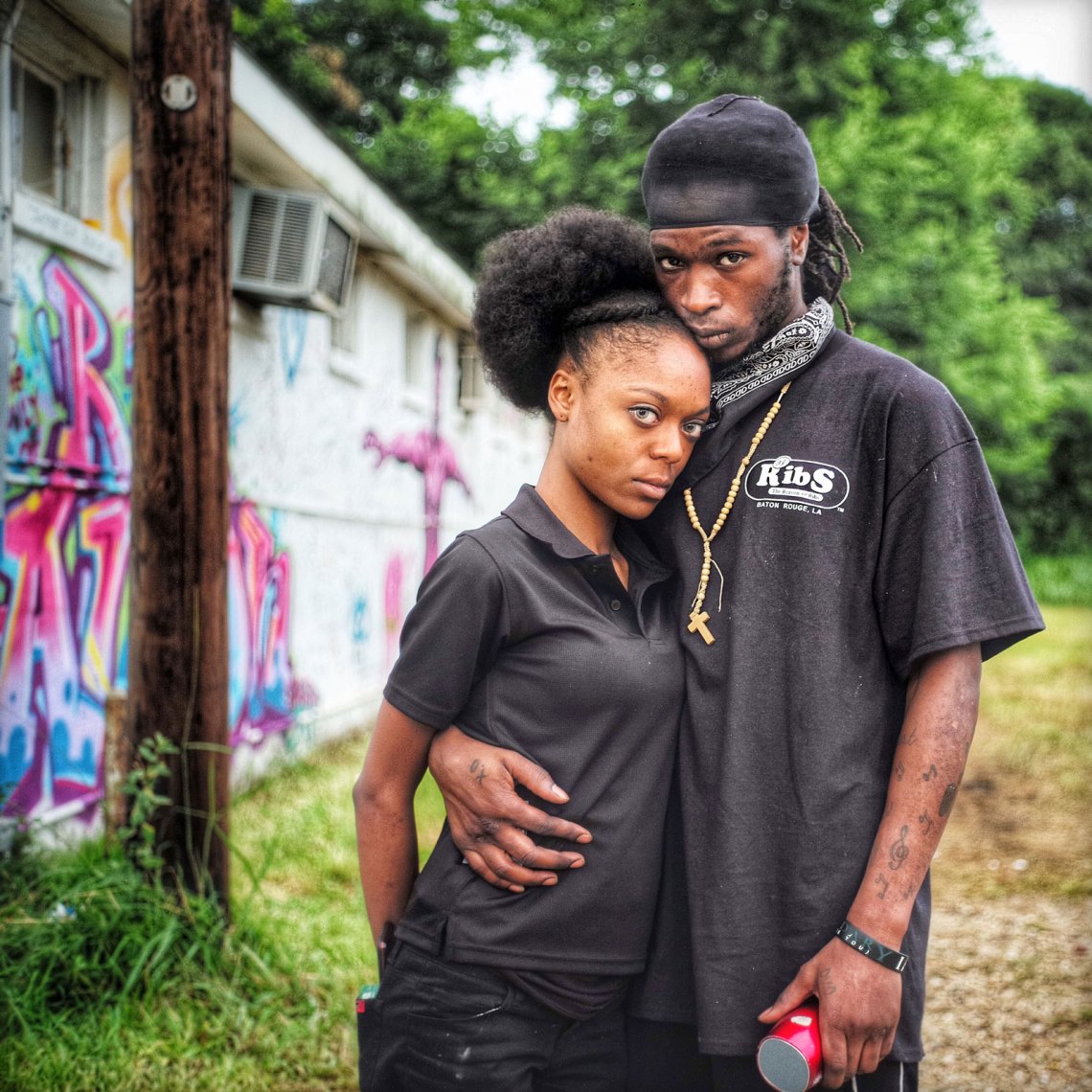“When Living Is a Protest,” a series of twenty-two images by photographer Radcliffe “Ruddy” Roye, is a both sophisticated and emotionally affecting consideration of black protest. We are living in a time when protest erupts spontaneously and wild with grief following tragic deaths of black civilians. Images of those who were killed, in Ferguson, New York City, Florida, and elsewhere, circulate on social media as both rallying cries and memorials, as do the instantly documented and widely shared images of the protests that follow. In this era of political action and unprecedented access to images, Roye’s photographs expand our notion of what protest can mean.
The word “protest” suggests familiar tropes of civil rights-era photography: firehoses and dogs, marchers and signs. The contemporary scenes Roye chooses to photograph rarely resemble these conventions. The variation of his images captures community: his subjects are young and old, taut and infirm, in sharp and soft focus, solitary and in communion. There is an elderly woman with braces on her arms, aided by a younger man in the thickly swirling snow: vulnerable intimacy in the maelstrom. In one of the most evocative photographs, two black men with glowing skin hold hands and gay pride rainbow flags, gazing at each other behind sunglasses. For Roye, protest can simply be survival, resistance in the face of the most difficult circumstances. In his photographs, the United States flag on, behind, or engulfing the bodies of his black subjects is a vexing, unreconciled juxtaposition. His subjects are often bent. Others lean in or back. But they are bowed, not beaten. In one image a black woman participating in a protest in New York City’s Union Square, with teal green curls and a resigned expression, wears a West African Ankara skirt and a sign around her neck bearing the message, “I hope I don’t get killed for being black today.” Roye’s images recall the phrase often used to express African-American resilience, “I’m still here”—a statement more of defiance than assurance, once powerfully rendered by the poet Lucille Clifton: “every day something has tried to kill me and has failed.”
There is a painterly quality to many of the images, with various shades of flesh and textures of clothing repeated in graffiti or painted concrete backdrops. Color swirls throughout, red and black foremost. Many of the images in the exhibition were on Roye’s Instagram, where he has built a following of over 250,000 in the past several years. As on the social media platform, the images displayed on the gallery walls are square-framed and brightly colored. Roye’s Instagram captions, reproduced for the exhibition, offer narrative accounts of the people pictured, often quoting them as well as including Roye’s own thoughts, observations, or poetry. These are the “stories of people who society doesn’t want to deal with,” Roye has said, explaining that social media has allowed him to share narratives that traditional media often ignores. Though these captions are comparatively long—for both Instagram and the walls of a gallery—they supply only brief accounts of the subjects. The images themselves tell the main stories, of intimacy, love, hope, and despair.
While the exhibition focuses primarily on New York, specifically Roye’s Bedford-Stuyvesant neighborhood, Roye’s opus suggests the broader routes and roots of black protest. His photographs of black subjects in various locales, including his native Jamaica and the United States’ deep south, capture a resilient and various black experience, both today and over generations. Flanking several of the men are reminders of history: a mural of Martin Luther King Jr., another of Malcolm X. The raised-fist hair pick, stuck into an afro, the red, black, and green flag—remnants of a mid-twentieth-century Pan African politics—are found amidst other images of youth. The distinctive styles and gestures of Caribbean migrants in Brooklyn suggest the move from here to an unknown there. Staircases and footprints appear in several of the photographs, expressing both ascent and descent. The viewer is reminded of the leitmotif of mobility (three steps forward, two steps back) that has historically depicted, in literature and music, African diasporic dreams of opportunity, access, freedom—some achieved, others proving more elusive.
Advertisement
Roye’s images show both defiant movement and the restrictions created by poverty and the police state, often in the same image. As a result, he evades one troubling commonplace of protest photography: images that simply make one feel pity or horror. Roye instead demands that his witnesses acknowledge black beauty and power, despite the persistence of suffering.
“Ruddy Roye: When Living Is a Protest” is at the Steven Kasher Gallery through October 29.


